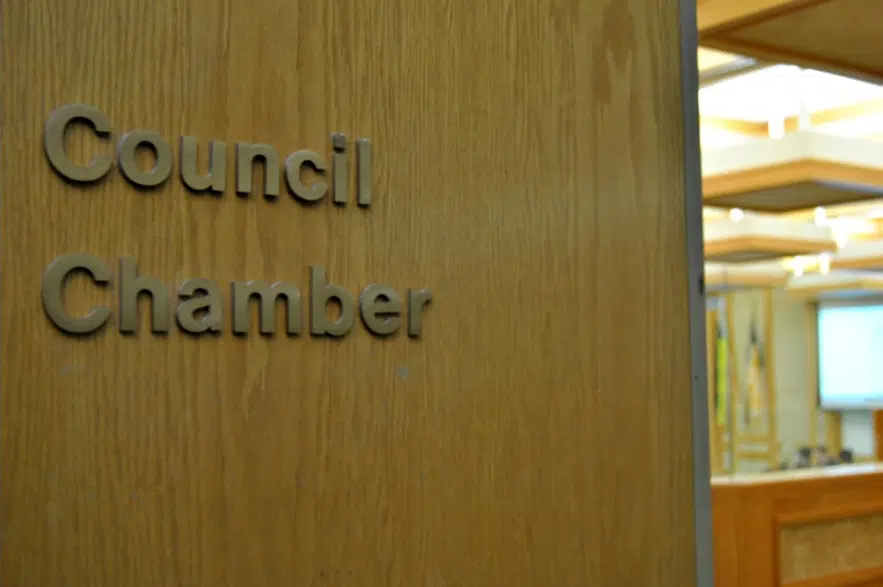Two business groups are commending Saskatoon’s city council for halving a $70-million budget shortfall, but both say council left one big stone unturned which could have resulted in a better outcome for taxpayers.
Council finalized the city’s multi-year budget on Friday, including property tax increases of 6.04 per cent in 2024 and 5.64 per cent in 2025.
“This particular council was either unable or unwilling to look at actual job cuts to reduce the workforce. We continue to believe there’s an opportunity there,” said Jason Aebig, CEO of the Greater Saskatoon Chamber of Commerce.
“If businesses and organizations can make these choices and continue to deliver for their stakeholders and customers, it strikes us that the City of Saskatoon should be able to do this too.”
Aebig said council needs to rethink its budget process, saying the conversation should be about the value citizens are getting for the programs and services being delivered.
In addition to paying higher taxes, council also approved an array of admission, fee and utility rate hikes.
“The total bundle of costs that the average household of business owner will face over the next 24 months are going to be very substantial,” Aebig added. “That’s on top of the inflationary pressures.”
The North Saskatoon Business Association made several recommendations to city council ahead of last week’s budget deliberations, including calling for a 10 per cent reduction in full-time staff.
“We suggested various options for potential savings, emphasizing the importance of prioritizing essential services. Unfortunately, all these recommendations were discarded,” said executive director Keith Moen.
Moen said his association recognizes council’s efforts to identify nearly $40 million in savings, but he noted that a considerable portion of the savings were found from deferrals.
Mayor Charlie Clark acknowledged that he and council would likely face criticism from residents due to the tax hikes, but said spending is necessary to keep the city running and manage record growth.
Aebig said he believes there is still an opportunity to reduce the workforce at City Hall without reducing the number of workers who deliver core services.
“When 60 per cent of your operation budget is personnel related, at some point you have to go to that well to find savings. You can’t keep nibbling around the edges,” he said.











